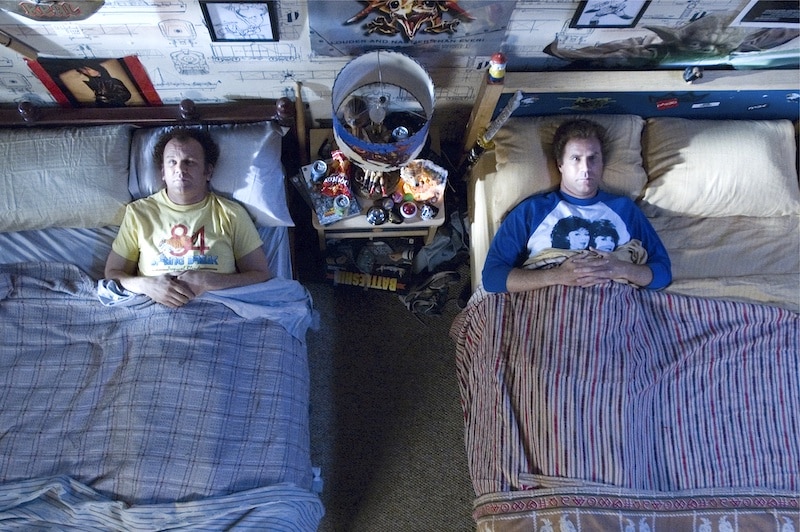Heads will roll.
There are a good handful of rules in surfing that we, on the inside, know and generally respect. Person closest to the peak has priority (unless the person not as close to the peak has been surfing the spot for fifty-plus years then he or she is allowed to drop in and also throw board rocks), don’t paddle out at a new spot with more than two Brazilians in tow, ride each wave all the way to the beach and throw a shaka when fins hit the sand etc. but none is as precious as NOT outing the location of secret waves.
Breaking that rule is to commit surfing’s cardinal sin and, thus, surfers around the world woke this morning, mouths agape, to the revelation that euronews.com, a major French television, radio station and internet news service, not only outed a wave but provided detailed directions on how to get there.
The headline of the story screamed, “This secret surf spot 15,000km from Paris is hosting part of the 2024 Olympic Games” and, once clicked upon, read:
The next Olympic games will take place in Paris in 2024. However, it’s just been announced that the surfing competitions are going to take place a little further away from the French capital than you might expect…
15,716 kilometres away to be precise, in the village of Teahupo’o on the island of Tahiti in French Polynesia.
It’s around a 20 hour flight to Papeete, the island’s capital. After that visitors need to cross through the rural areas of Tahiti’s jungle to get to the southern part of the island.
There in black and white, or white and black if you prefer the reverse screen on you phone/computer.
Teahupo’o which can be accessed by flying to Papeete then crossing through rural jungle to arrive south.
Like providing a map and putting a big X where the treasure is.

There is no telling how Teahupoo’s locals will react to this indignity but if they are anything like Lunada Bay’s Bay Boys, across the Pacific in California, things might get very dicey.
More as the story develops.







